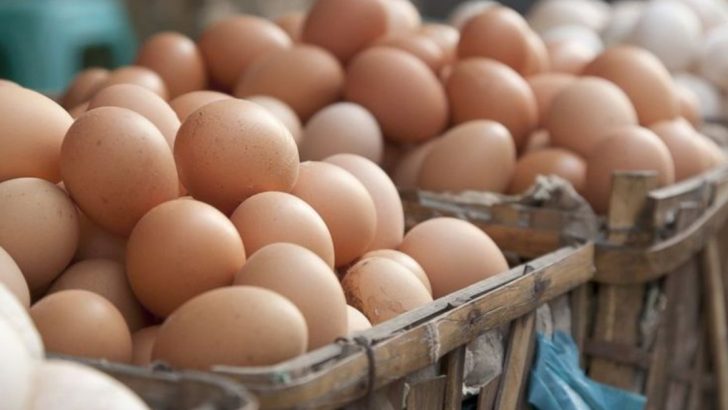Eggs seem simple—until you’re staring at a dozen questions every time you open the carton. Brown or white? Cage-free or pasture-raised? Why do some yolks glow orange while others look pale and sad?
This guide breaks down the mysteries behind one of the most versatile (and misunderstood) ingredients in your kitchen.
1. You Can Eat Eggs From Other Birds Besides Chickens
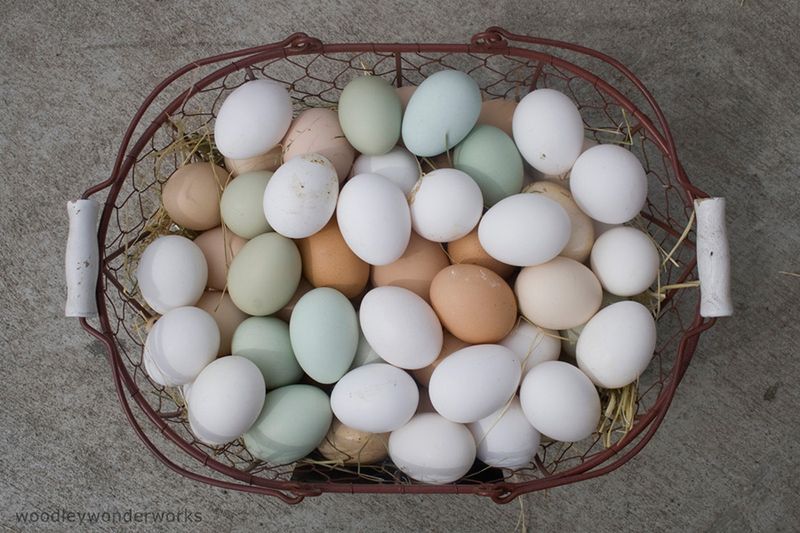
Duck eggs pack a richer flavor and creamier texture than their chicken counterparts. About 30% larger, they contain more protein and fat, making them baking superstars that create fluffier cakes and richer custards.
Quail eggs, those tiny speckled beauties, offer a delicate taste and take just 2-3 minutes to hard-boil. Ostrich eggs are the giants of the egg world – one equals roughly 24 chicken eggs!
2. Scrambled Is The Most Popular Way To Eat Eggs
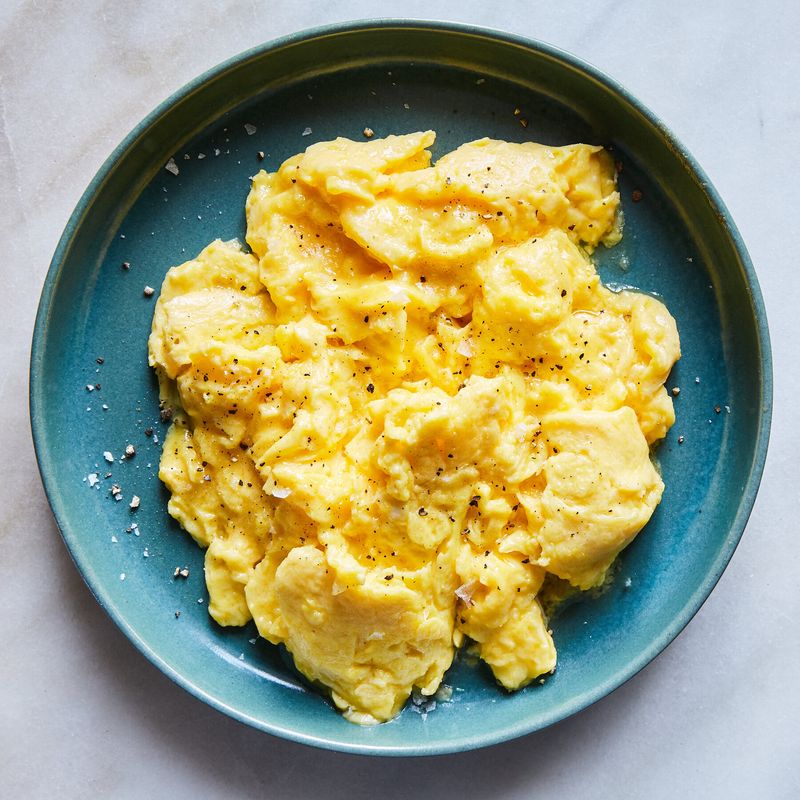
Fluffy, creamy scrambled eggs reign supreme as America’s favorite egg preparation. Their popularity stems from versatility – you can whip them up in minutes with countless mix-ins like cheese, vegetables, or herbs.
The perfect scramble requires patience and gentle heat. Celebrity chefs debate technique fiercely – Gordon Ramsay advocates constant stirring over low heat with a dash of crème fraîche, while others swear by higher temperatures for larger curds.
3. Not Everyone Refrigerates Eggs
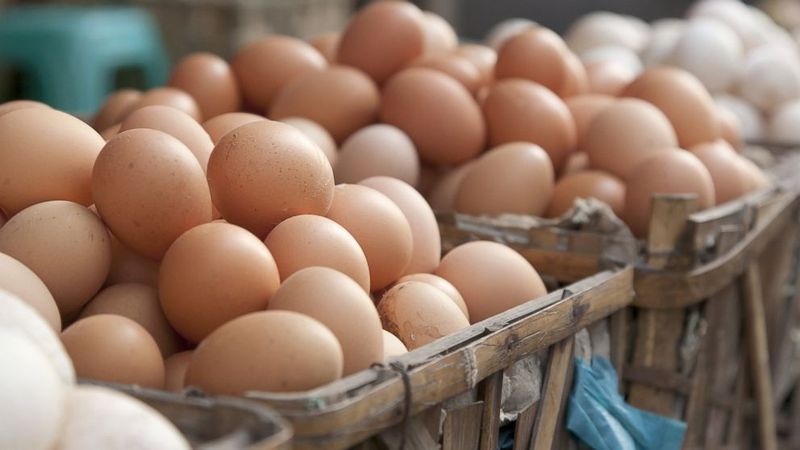
Americans might gasp at room-temperature eggs in European markets, but there’s science behind this cultural divide. In the U.S., eggs undergo a washing process that removes the natural protective coating called the cuticle, making refrigeration necessary to prevent bacterial growth.
European countries approach egg production differently. Their chickens are vaccinated against salmonella, and eggs remain unwashed, preserving their natural protective barrier. This allows safe storage at room temperature for weeks.
4. There Is A Difference Between White And Brown Eggs
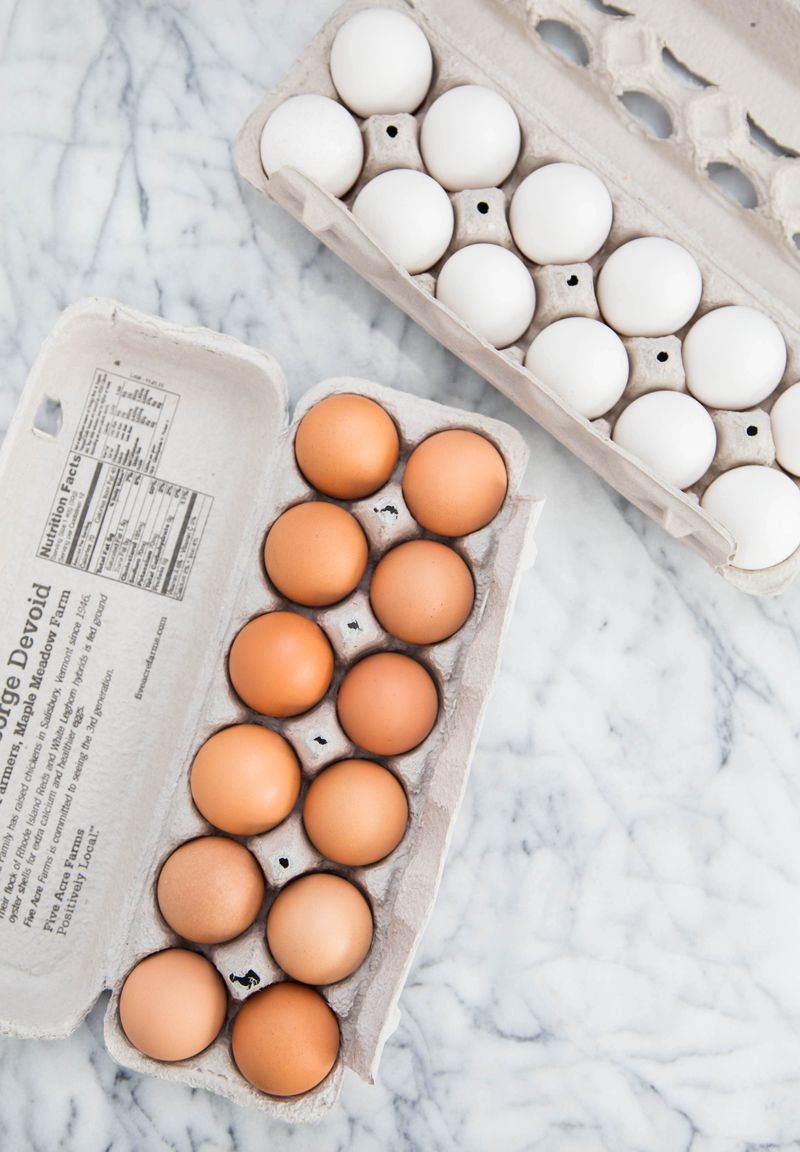
Shell color boils down to chicken genetics, not nutritional content. White-feathered chickens with white earlobes lay white eggs, while red-feathered birds with red earlobes produce brown eggs. That’s it – no nutritional superiority either way!
Brown eggs typically cost more because the hens laying them are larger breeds that eat more food, raising production costs. Some breeds like Araucana and Ameraucana chickens lay blue or green eggs through a different pigmentation process.
5. There Is A Simple Way To Remove Eggshells From A Bowl
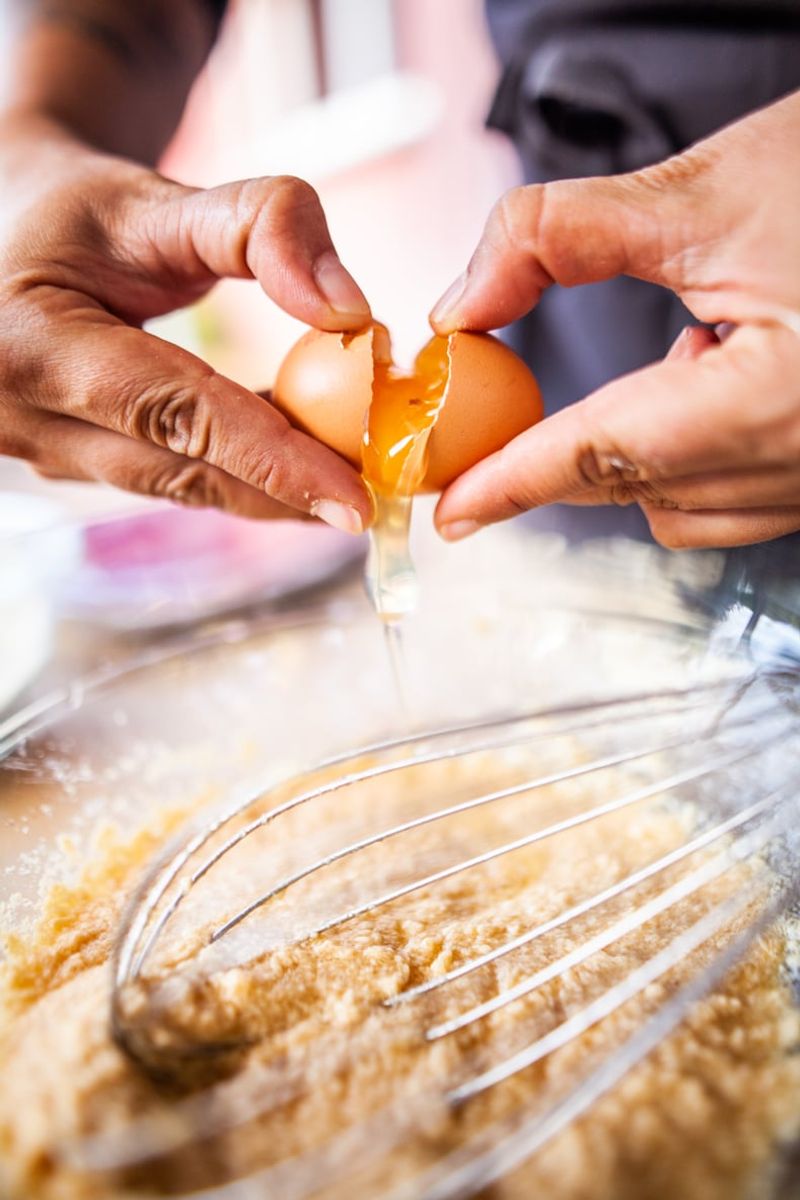
Accidentally dropped eggshell fragments in your bowl? Forget chasing them with a spoon or your fingertip – that slippery chase only pushes them deeper into your mixture. The secret weapon? The eggshell itself!
Eggshells possess a natural magnetic attraction to other shell pieces. Simply use a larger piece of the broken shell as your “catcher” and watch as it effortlessly attracts and scoops up those pesky fragments.
6. Drop Eggs Into Boiling Water For Easier Peeling

Fresh eggs stubbornly cling to their shells, frustrating countless home cooks. The game-changer? Skip the cold-water start and plunge eggs directly into already-boiling water. This thermal shock causes the egg white to contract instantly from the shell membrane.
Add a splash of vinegar and pinch of salt to your boiling water – they help coagulate any whites that escape from tiny cracks. After boiling, shock eggs in ice water for 5 minutes to halt cooking and further separate shell from white.
7. A Chemical Reaction Causes Cooked Eggs To Turn Green

Ever cracked open a hard-boiled egg to find an unappetizing greenish ring around the yolk? Don’t toss it – that discoloration is harmless! The green hue results from a chemical reaction between iron in the egg yolk and hydrogen sulfide from the white when eggs are overcooked.
Specifically, iron sulfide forms at the boundary between yolk and white. This reaction accelerates at higher temperatures and longer cooking times. While visually off-putting, the green ring affects neither taste nor nutritional value.
8. Test If Your Eggs Are Fresh By Dropping Each Into A Glass Of Water
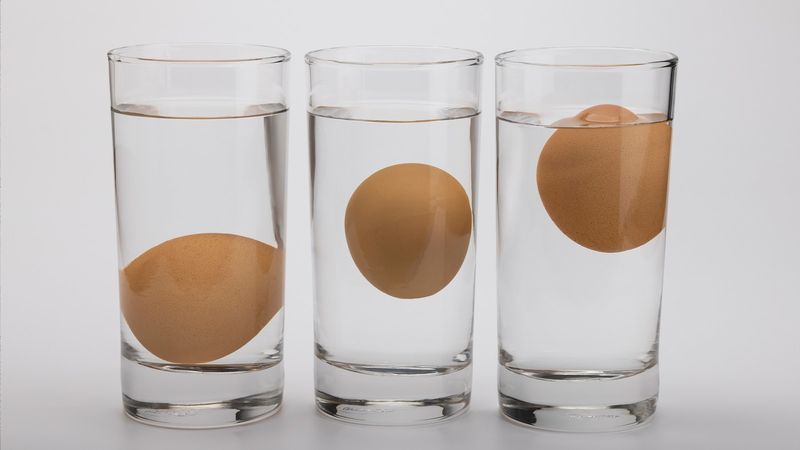
Forgotten when you bought those eggs? The water test reveals all! Fill a glass with cold water and gently lower your egg inside. Fresh eggs sink and rest horizontally on the bottom – they’re perfect for poaching or frying where presentation matters.
If your egg stands upright but stays submerged, it’s about 1-2 weeks old – ideal for hard-boiling since slightly older eggs peel more easily. An egg floating at the surface has passed its prime and should be discarded.
9. The Egg Yolk And White Provide A Healthy Serving Of Fat And Protein
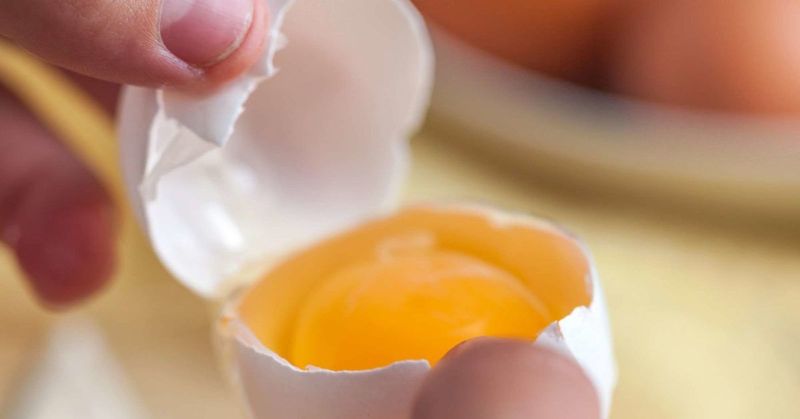
Eggs pack impressive nutrition in a tiny package. One large egg delivers 6 grams of complete protein containing all nine essential amino acids your body can’t produce itself. The white consists almost entirely of protein and water, while the golden yolk houses most of the fat, vitamins, and minerals.
Despite past cholesterol concerns, research now shows dietary cholesterol has minimal impact on blood cholesterol for most people. Eggs contain choline for brain health, lutein and zeaxanthin for eye health, and vitamin D for bone strength.
10. Eggs Are Sold In A Dozen For A Reason
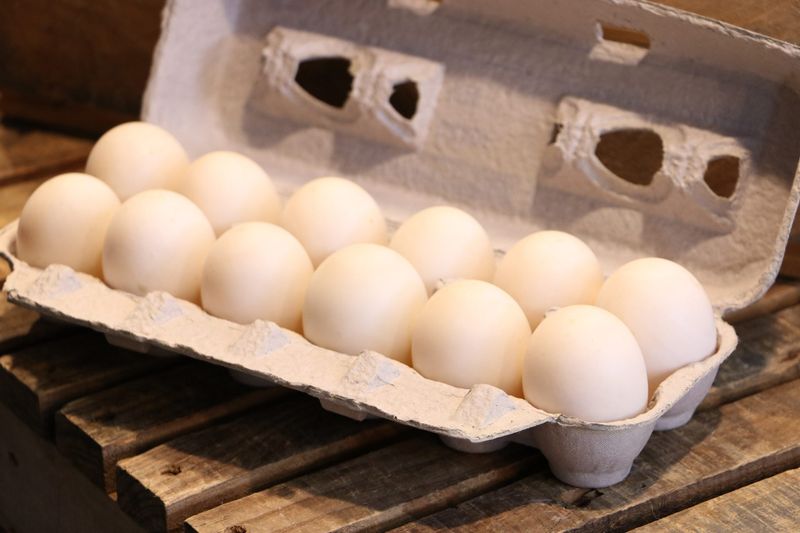
The dozen egg standard traces back to ancient civilizations and their numbering systems. While we use base-10, many early merchants preferred base-12 (duodecimal) for its mathematical convenience – twelve divides evenly by 2, 3, 4, and 6, making transactions and sharing simpler.
English merchants formalized this practice centuries ago. A dozen eggs fit perfectly in human hands for counting and transport, and hens typically produced eggs in natural laying cycles that aligned with this quantity.
11. You Can Tell If An Egg Is Fertilized By Looking At The Yolk
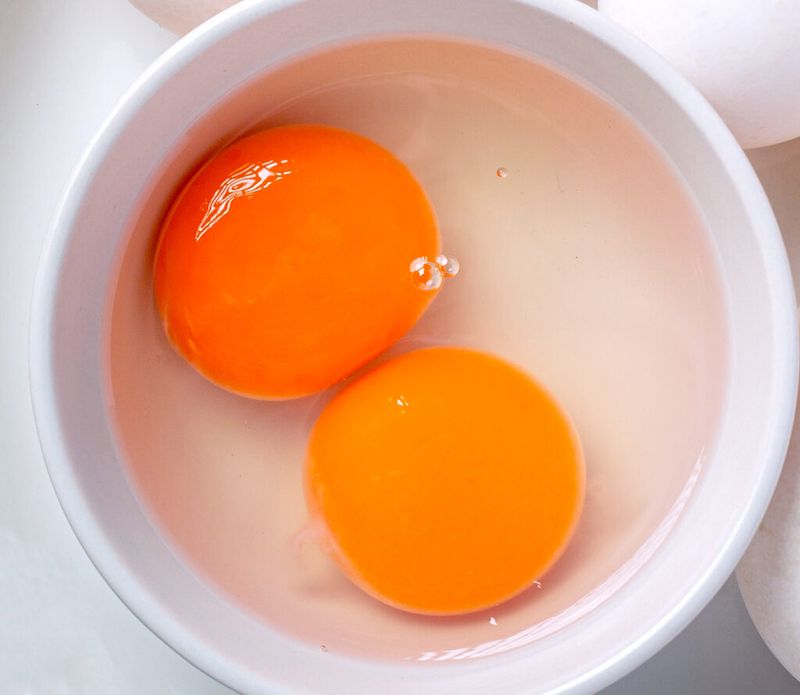
Contrary to popular belief, that tiny white spot on every egg yolk isn’t a sign of fertilization – it’s the germinal disc (blastodisc), present in all eggs whether fertilized or not. This small white dot contains the hen’s genetic material.
In fertilized eggs, this spot appears as a bullseye pattern called a blastoderm, with a white outer ring surrounding a clear center. Most commercial eggs are unfertilized since hens lay eggs regardless of rooster presence, and egg farms typically don’t keep roosters.
12. Cage-Free And Free-Range Eggs Aren’t What You Think They Are
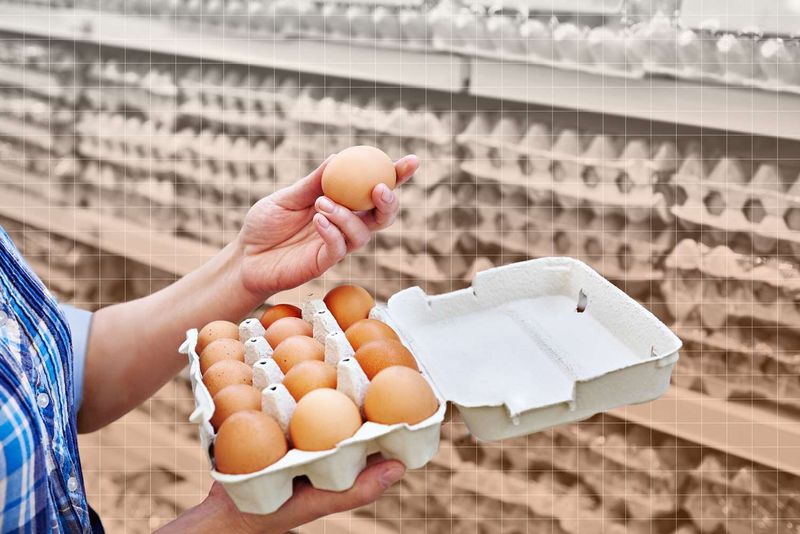
Marketing terms like “cage-free” create mental images of happy hens roaming green pastures, but reality often differs dramatically. Cage-free merely means hens aren’t confined to battery cages – they still typically live in crowded indoor facilities with limited movement.
Free-range requirements are surprisingly minimal – USDA standards only mandate “access” to the outdoors, which might mean thousands of chickens sharing one small door to a tiny concrete patio. Many hens never actually venture outside.
13. No Chicken Eggs Will Contain Hormones
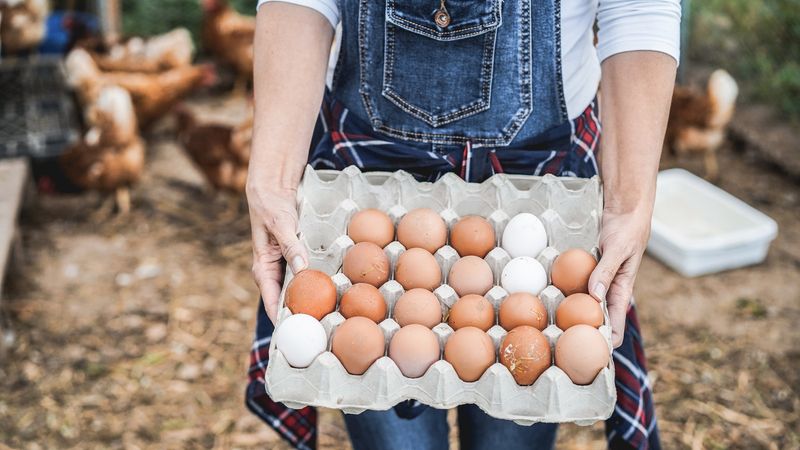
Those “hormone-free” egg cartons? Pure marketing fluff! The FDA has prohibited hormone use in poultry production since the 1950s. Unlike beef or dairy industries, where growth hormones remain legal and common, egg-laying hens never receive hormonal treatments – making those “hormone-free” labels technically accurate but deliberately misleading.
Chickens naturally produce all the hormones needed for egg production. Modern laying hens result from selective breeding over generations for prolific egg-laying traits rather than artificial hormone enhancement.
14. The Color Of An Egg Yolk Does Not Indicate Nutritional Value
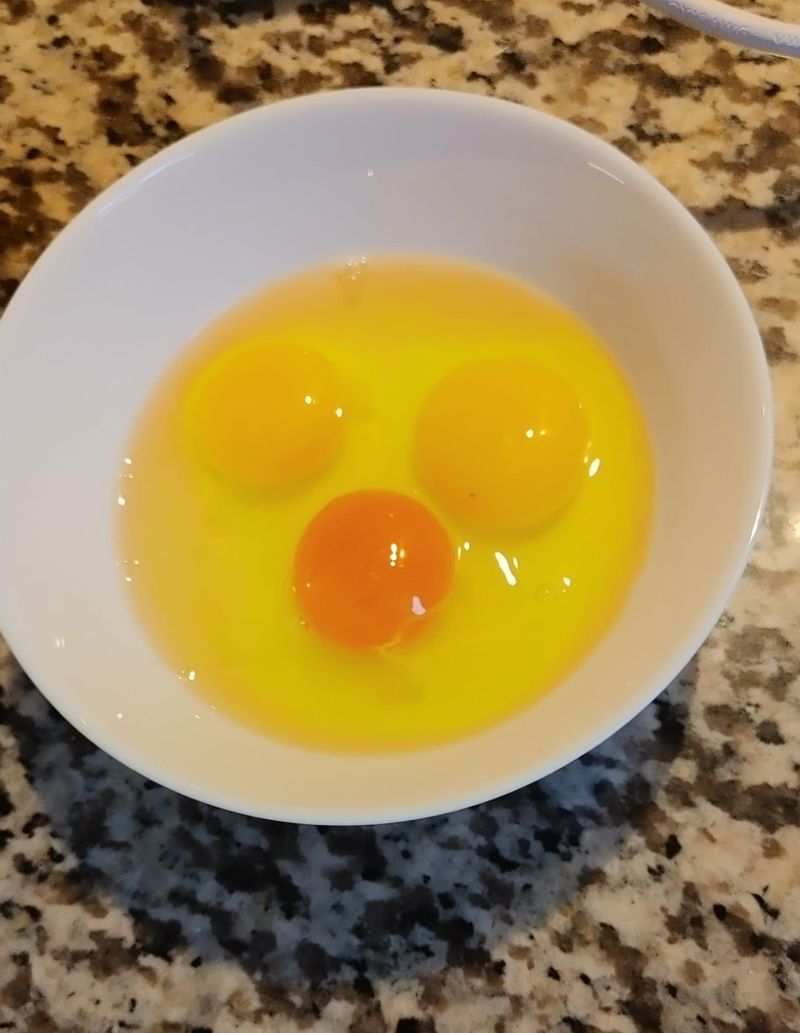
Those Instagram-worthy deep orange yolks don’t necessarily pack more nutrition than their paler counterparts. Yolk color primarily reflects the hen’s diet – carotenoids from plants like marigold flowers, corn, and alfalfa create that vibrant hue. Commercial producers often add these natural pigments to feed specifically to achieve consumer-preferred golden yolks.
Pasture-raised hens eating varied diets with natural carotenoid sources typically produce darker yolks. However, controlled studies show minimal nutritional differences based solely on color intensity.
15. Grade AA Eggs Have The Firmest Whites, Thus Are Best For Poaching

USDA egg grading isn’t about size but rather interior quality and appearance. Grade AA eggs boast thick, firm whites that stand tall around the yolk when cracked onto a flat surface. This superior structure makes them poaching champions – they hold their shape beautifully in simmering water without spreading into wispy tendrils.
The grading system measures several factors including air cell size (smaller is better) and yolk visibility through candling. AA eggs have minimal defects and the freshest characteristics, followed by A and B grades with progressively thinner whites and larger air cells.
16. Eating Raw Eggs Isn’t Any Healthier Than Eating Cooked Eggs
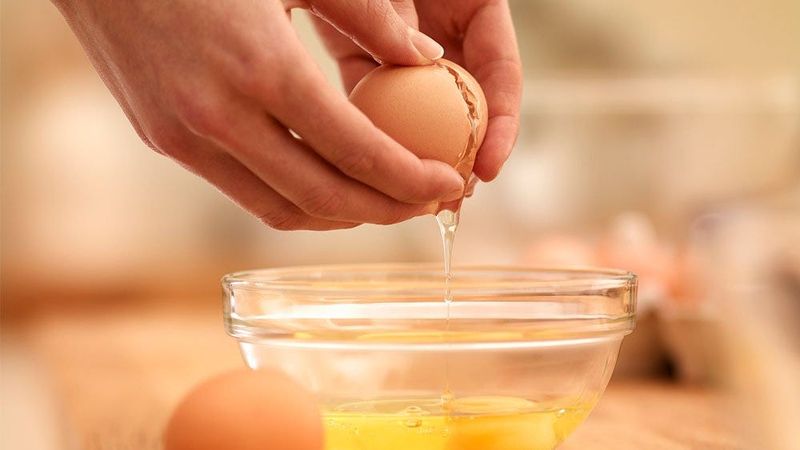
Rocky Balboa’s raw egg ritual might seem hardcore, but science disagrees with this protein-boosting strategy. Raw egg enthusiasts claim cooking destroys nutrients, but research proves otherwise. Cooking actually increases protein availability – your body absorbs about 91% of protein from cooked eggs versus only 50% from raw eggs.
Heat denatures egg proteins, making them more digestible. Cooking also neutralizes avidin, a protein in egg whites that binds biotin (vitamin B7) and prevents its absorption when consumed raw. The minimal loss of certain heat-sensitive vitamins is far outweighed by these benefits.
17. Eggs Are One Of The Only Foods Containing Vitamin D
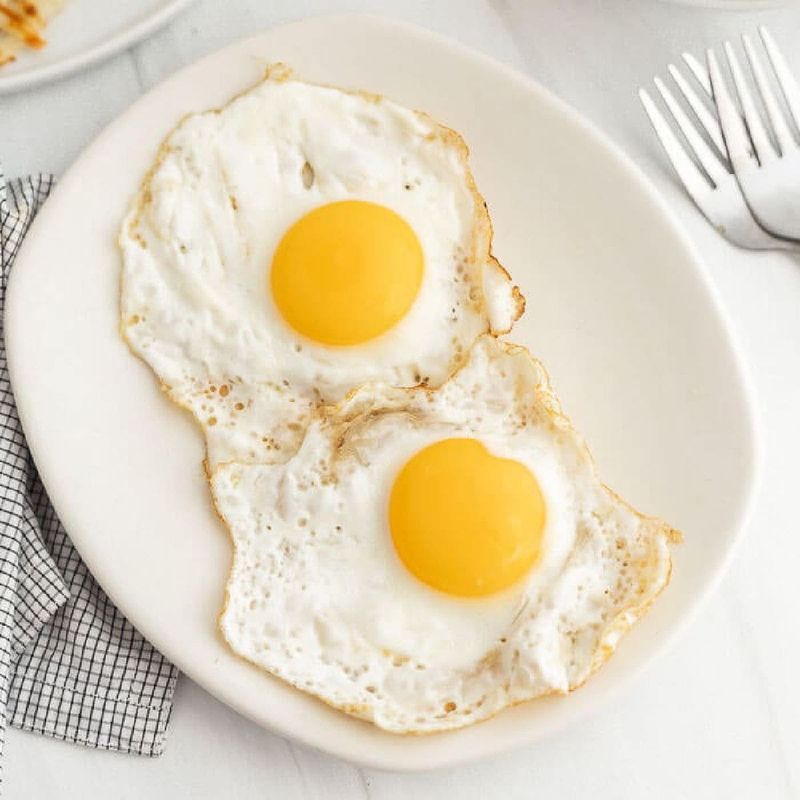
Sunlight provides our primary source of vitamin D, but during winter months or for those with limited sun exposure, dietary sources become crucial. Eggs rank among the rare natural food sources of this essential vitamin – one large egg contains about 41 IU of vitamin D, primarily concentrated in the yolk.
Vitamin D facilitates calcium absorption for bone health and plays vital roles in immune function and mood regulation. Egg-laying hens exposed to sunlight or UV light produce eggs with significantly higher vitamin D content than those raised completely indoors.

